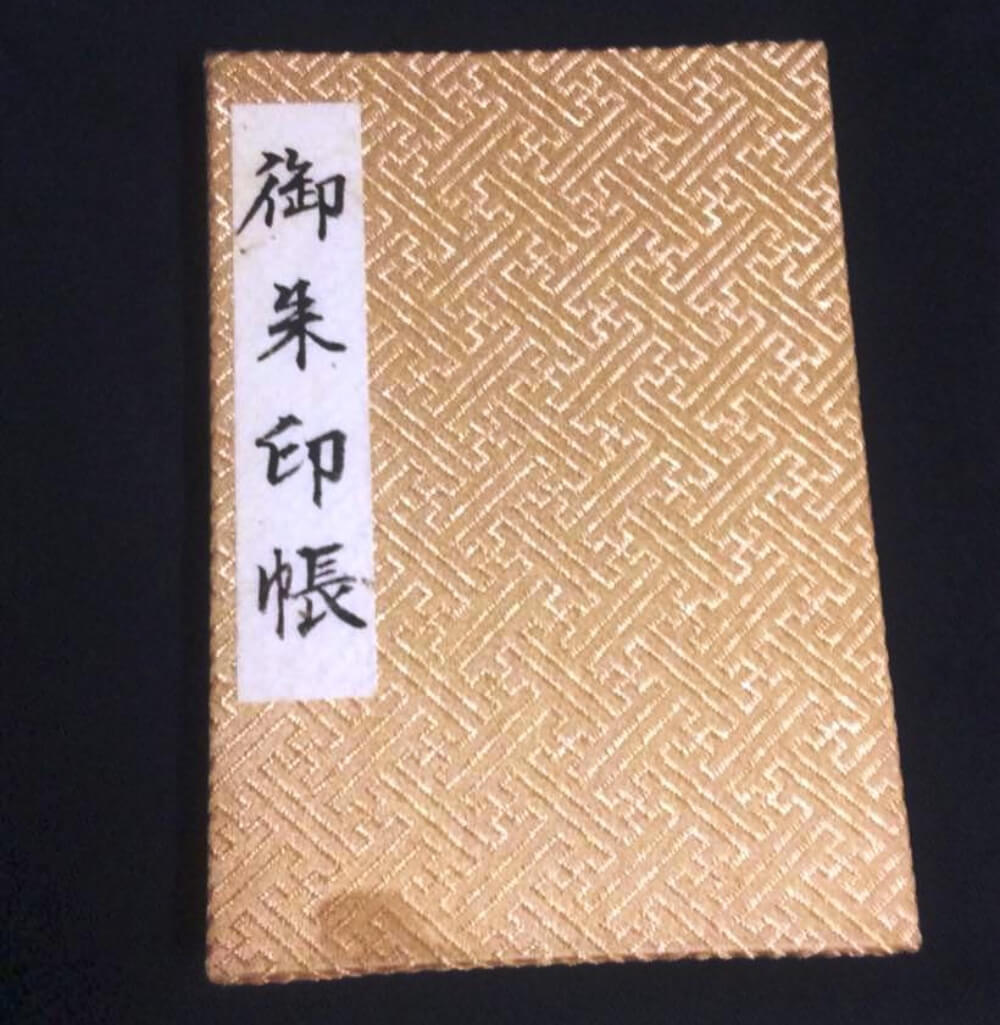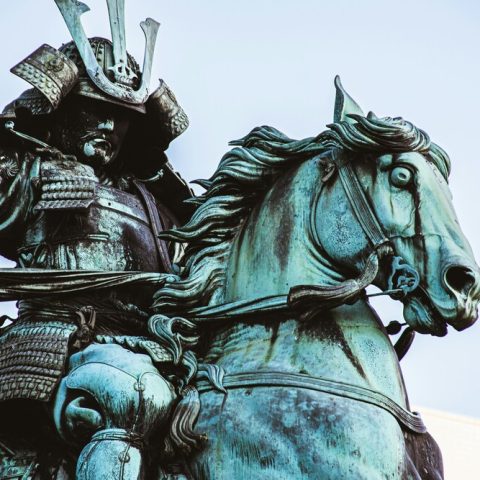
If you plan to visit some of the many beautiful shrines and temples of Japan, consider getting a goshuincho. Collecting goshuin (passport stamps) creates a remarkable personal souvenir of your visit. Goshuincho or “honorable red stamp books” are small accordion-fold books that may be purchased at most temples and shrines throughout Japan and these days at many stationery shops, especially those carrying traditional paper goods.
When you visit a shrine or temple for worship, the priests will write the name of the temple and the date in your goshuincho using the traditional bamboo brush, and apply the location’s honorable red stamp (the goshuin), creating a beautiful reminder of your visit. Each temple or shrine has their own goshuin, and many of the more popular shrines and temples have goshuincho that are also unique to that location.
Some goshuincho are plain, while others are very ornate. Some temples and shrines, particularly the smaller ones, do not offer goshuincho. Some people prefer to have separate goshuincho, one for shrines and another for temples, but this is not necessary.

Goshuincho (books) usually cost between ¥1200 and ¥1500, but a few are as much as ¥2000, and may be purchased at the office of the shrine or temple, usually located near the entrance. You’re likely to see a window with a collection of the items the temple or shrine has to offer; this is usually the place to obtain your goshuincho. After paying your respects to the kami (the shrine’s diety) or Buddha (in the case of temples), you may select your goshuincho and get your first goshuin. (stamp)The cost of your first goshuin is usually included in the price of the goshuincho.
At each successive temple or shrine you visit, present your goshuincho to the attendant at the office after you’ve worshiped and made and offering in the saisenbako, or money box. It is considered poor manners to request a goshuin before worship, so be sure to pray and make a small donation before seeking a goshuin. As it is a sacred book, the goshuincho should be treated with respect, and never drawn or written in. Hold your goshuincho with both hands and bow slightly as you present it to the attendant, saying “Goshuin, onegaishimasu.”
You might consider opening the book to the page upon which the goshuin will be applied as you present it, but it is not required. If the attendant is a priest, take care to avoid making physical contact with him. Often, you’ll see the attendant looking through your goshuincho to see where else you’ve been.
While most temples and shrines request a donation of ¥300 for a goshuin, a few will ask ¥500; you may be asked to pay for the goshuin at the time you present your book to the attendant or after the goshuin is complete. As it is sometimes difficult for temples and shrines to change large bills, try to use exact change, if you can.

Occasionally, more popular temples and shrines are busy, and there will be many people requesting goshuin. You might receive a number after presenting your goshuincho, and when your number is called, your goshuin is ready. Most temples and shrines include a sheet of blotting paper so that the red stamp and calligraphy do not run. If you’ve forgotten your goshuincho, you may request a goshuin on a separate piece of paper to include in your goshuincho later.
If this is the case, they’ll use sized sheets specifically for this eventuality, so there’s no need to offer them a piece of paper. Remember to be quiet and respectful of others while waiting for your goshuin, and remember that eating and drinking is frowned upon on the grounds of the temple or shrine.
On rare occasions, the priests will not request payment for a goshuin, as some feel that the goshuin is an important part of your spiritual journey. If this is the case, you might consider leaving a little extra in the saisenbako. Keep in mind that some temples and shrines do not offer goshuin at all, and you may occasionally find that there is not a priest or attendant available to complete your goshuin.
Each goshuincho contains about twenty-two pages on each side. When one side is filled, the priest at the next temple or shrine you visit will apply the goshuin to the first page of the other side. When you receive your goshuincho from the attendant, remember to bow and thank them.

You’re likely to find that your goshuincho is one of your favorite souvenirs from your visit to Japan, as it is a beautiful record of the places you’ve visited.



